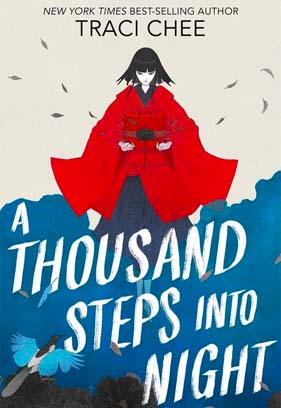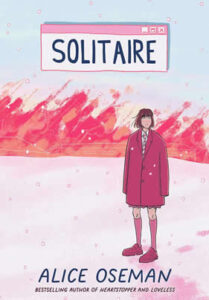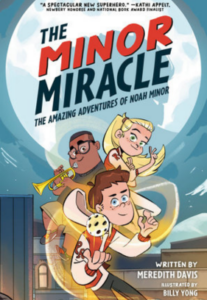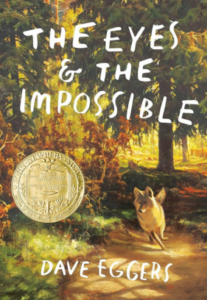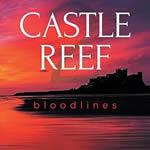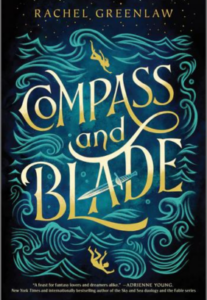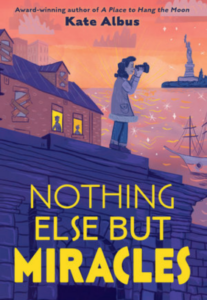Seventeen-year-old Otori Miuko believes that she’s nothing special and completely unremarkable. In fact, she feels a bit too clumsy, a bit too plain, and far too loud for the world in which she lives.
As far as the villagers are concerned, the only thing that speaks well of Miuko is the fact that her father runs the only remaining guesthouse in the village of Nihaoi. And Miuko is seen as a somewhat loving and dutiful daughter. She at least hasn’t run off like her shameful mother did.
The fact is, however, Miuko wants to be more than simply dutiful. She wants to be able to walk the streets of town by herself without enduring stern looks and whispers. She wants life, adventure and happiness. But all of those things seem well beyond a girl/servant like herself.
Then she’s kissed.
Ah, but the kiss she receives isn’t one of love. She’s walking home at dusk after buying a new set of teacups (since she clumsily broke the only uncracked cup in the inn’s set) and the world shifts. Spirits begin moving angrily about her. And a woman, whose flesh is an eerie indigo blue, approaches and kisses her.
Now, Miuko is special. Special and cursed. And, starting with the soles of her feet, she begins, bit-by-bit, turning deep blue herself. She’s becoming a shaoha, a malevolent demon with the power to suck the lifeforce out of any unfortunate creature she touches—just as the grass beneath her bare feet turns black as she walks through it.
But, believe it or not, that’s not the worst of Miuko’s woes. For when she returns home, she is attacked by the village priests and shunned by her own loving father. And then a demon—an evil entity possessing and wearing the body of the local royal heir—notices her and wants to have her for his own.
Together we will destroy the world, he tells her.
But young Miuko doesn’t want to destroy the world. She doesn’t want to be a demon. She doesn’t want to be chased by demon hunters and hated by all. She just wants to be Otori Miuko once more.
That, however, will require a fantastic journey. She must manipulate spirits, lie to men and battle with monsters. She must find a way to break this curse before it consumes her spirit and transforms her into something evil and ravenously deadly.



